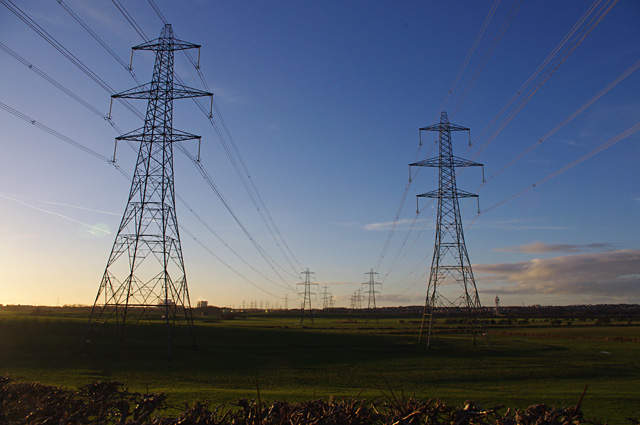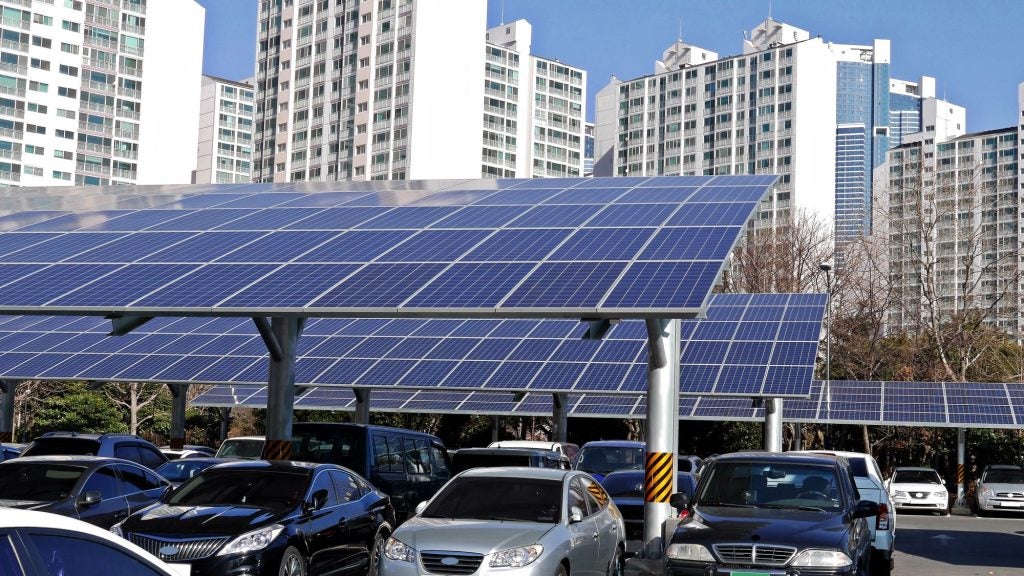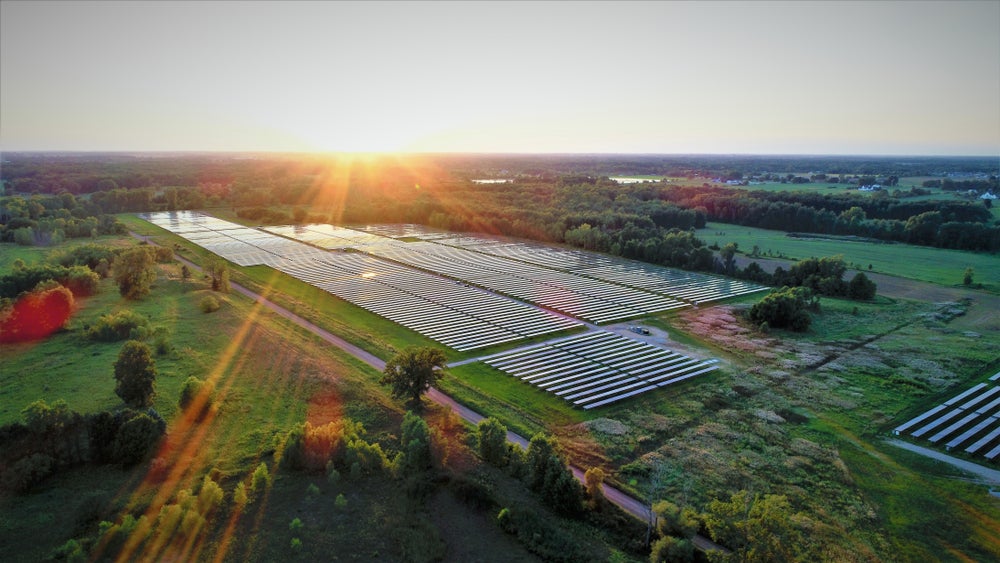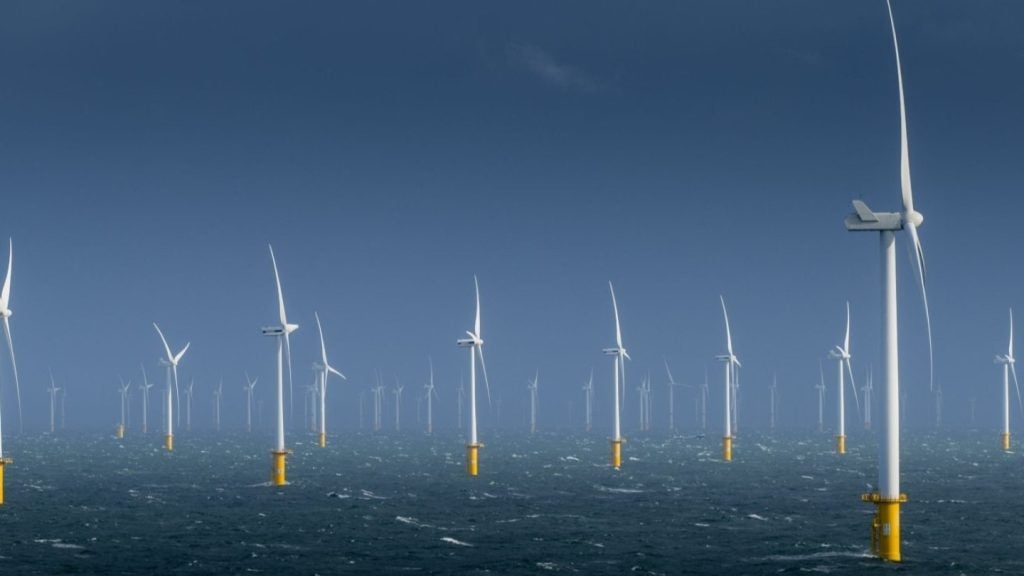
From the Taoist philosophy of yin yang to the elusive work/life equilibrium craved by stressed out Westerners, we are taught that balance is desirable in all things – even the provision of electricity.
The record low electricity clearing price, when quantity supplied is equal to quantity demanded, of the latest T-4 capacity market auction (£8.40/kW/year) suggests that National Grid now values balance and flexibility around consumption more than power delivery to the grid. The result may represent a major shift in the UK utility company’s attitude to capacity.
“The low clearing price demonstrates that National Grid no longer needs to pay huge amounts for the blunt delivery of power generation,” says aggregator GridBeyond’s CEO Michael Phelan.
“National Grid now has the ability to call upon ever-increasing amounts of energy capacity willing to participate in balancing services. With the influx of renewable energy over the last few years, and the UK emphasis on ensuring these sources of power are harnessed properly, we see increasing focus on finer, fast-acting balancing services.”
UK capacity market auctions explained
The capacity market is open to all capacity providers including new and existing power stations, electricity storage plants, as well as that provided by voluntary demand reduction and interconnectors.
It is designed to offer electricity providers a steady, predictable revenue stream on which they can base their future investments. In return for capacity payments revenue, providers must deliver energy at times of system stress, or face penalties. Potential providers secure the right to receive these revenues by participating in a competitive auction that sets the level of capacity payments.
How well do you really know your competitors?
Access the most comprehensive Company Profiles on the market, powered by GlobalData. Save hours of research. Gain competitive edge.

Thank you!
Your download email will arrive shortly
Not ready to buy yet? Download a free sample
We are confident about the unique quality of our Company Profiles. However, we want you to make the most beneficial decision for your business, so we offer a free sample that you can download by submitting the below form
By GlobalDataT-4 capacity auctions are held four years ahead of delivery, with a subsequent auction (T-1) held one year ahead. The T-4 results were further evidence that National Grid is shifting its balancing strategy.
“National Grid is investing resources in flexibility through its balancing services reform as well as the emergence of lucrative schemes like DFFR,” confirms Phelan.
As the UK continues its transition to a low-carbon economy, its electricity system is becoming more decentralised and increasingly reliant on intermittent sources of generation. As a result, traditional methods of balancing the system and controlling system frequency are now viewed as inadequate.
By simplifying the procurement process, National Grid hopes to encourage competition from more niche renewable and energy storage companies that would otherwise be priced out of the market, and incentivise generators connected to the transmission and distribution networks, storage providersthe use of new delivery models such as dynamic firm frequency response (DFFR).
Supply and demand: the role of renewables
Critics of renewables such as wind and on-site solar tend to focus on their perceived unreliability – after all, no one can be 100% sure when the wind will blow and the sun will shine. Phelan disagrees.
“Renewable energy isn’t altogether unreliable,” he states. “It all comes down to the age-old demand and supply scenario. If the supply can’t be guaranteed at a particular point in time, then the demand needs to be adjusted.
“GridBeyond works with intensive energy users in the industrial and commercial space, and our experience with energy assets has taught us that there is more flexibility in the amount of power a piece of equipment or machinery requires than most realise.
“At times of reduced generation, some equipment, for example refrigeration, can reduce their power consumption for up to 30 minutes while retaining the same temperatures. Each asset is different and has varying parameters.”
According to Phelan, current UK energy policy trends began to emerge in the wake of the worldwide financial crisis of 2008, when, as the UK economy recovered, energy demand continued to decline.
“The increase in distributed and embedded generation such as on-site solar, wind and CHP certainly contributed,” he says. “Businesses also got a lot smarter about energy efficiency, especially given the significant business cost, which in turn drove manufacturers of energy intensive machinery to start producing ever more efficient equipment – just look at the government’s Energy Star programmes.
“It’s important to remember that this all coincided with a greater understanding of the issues facing energy policy in the UK, the feed-in tariff and an influx of scare stories about the lights going out due to power station closures. A concern for the lack of energy supply meant businesses took matters into their own hands.”
The UK grid and demand-side response
UK peak energy has been declining since 2005 and GridBeyond (formerly Endeco) believes that grid stability will turn on its head in a few years’ time, with less constancy in the summer than the winter.
“The grid has become very effective at managing the winter peaks now,” explains Phelan. “Triad avoidance and balancing services seem to be doing exactly what they were designed to do. The issue with the British summer is that it is far less predictable than the winter.
“On the sunniest days when solar is at its most effective, we run the risk of overloading the grid, meaning that DSR participants on the high side come into play; however, they are fewer than those on the low side, which is typically where the imbalance occurs in winter. The grid is also much lighter loaded, meaning any supply outage has a proportionately greater impact on balancing the system.”
Interestingly, 199 of the 802 T-4 auction bids were demand-side response (DSR) units. Rather than simply generating more electricity during peak periods, DSR channels power from other providers, reducing the amount of generation waiting in the wings, which costs bill payers around £1bn a year.
For its part, GridBeyond mitigated the risk of a drop in capacity value at the T-4 auction in February by ensuring its clients take part in faster response balancing services, as Phelan explains.
“We have been able to mitigate the risk to our clients’ revenue streams by delivering revenues through demand-side services previously out of the reach of certain assets,” he says.
“GridBeyond’s technology platform, along with the world’s first battery and demand-side network, have ensured that even sites with the most inflexible of loads are able to participate in balancing services. We are aware that there are many participants on the demand side that solely entered in the capacity market due to the inflexibility of their load, who now have a very low income from it, and may well be left wondering if it’s worth turning off for the three testing periods.”
The evolution of UK energy policy
Phelan believes the days of high prices and the encouragement of new generation plants are over.
“The generation plants we’re focusing on here are the big, fossil fuel-based power plants,” he says. “What we will see is continued proliferation of much smaller distributed power generation. We see a future of peer-to-peer and community energy, meaning the point of consumption is much closer to the point of generation, which by definition has an impact on pricing through cheaper transmission and distribution.
“The commodity cost of electricity is stable. The rising costs are taxes and cost of maintaining the system, so as the cost to transmit electricity from one end of the country to another increase, the incentive to decentralise and distribute becomes greater.”







